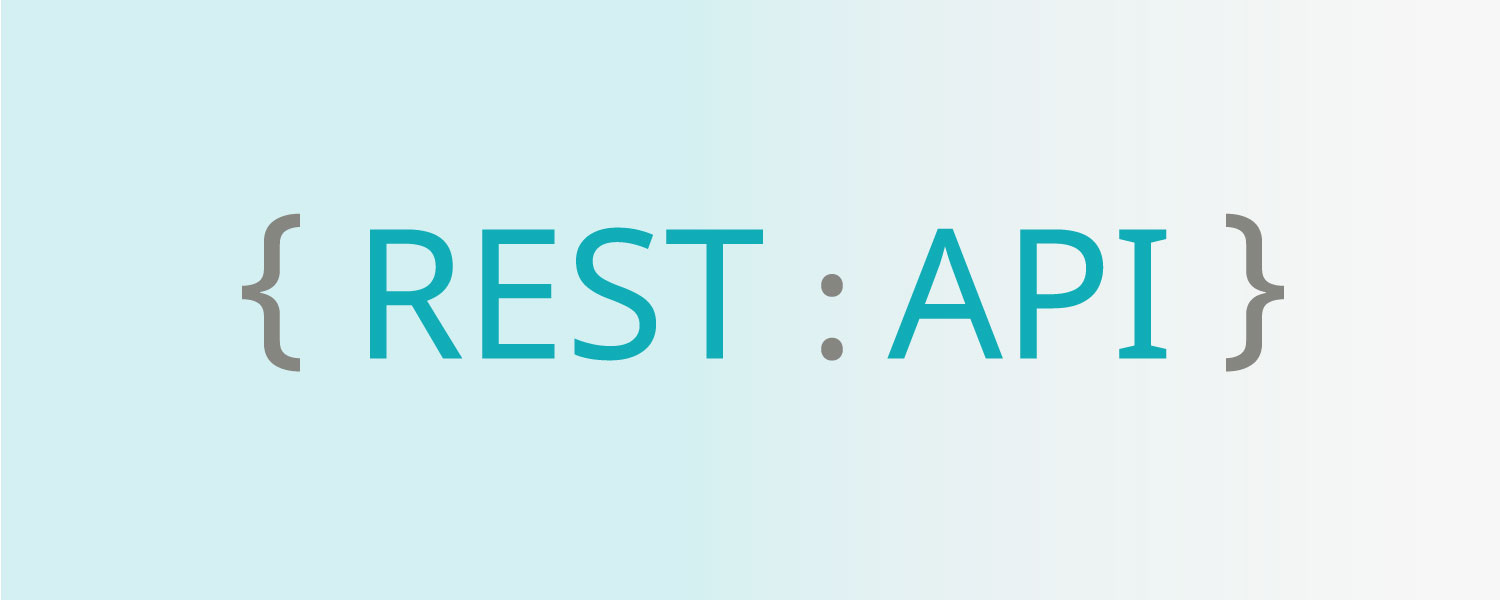Representational State Transfer (REST) APIs serve as a standard protocol for communication between systems over the Internet. These APIs employ standard HTTP methods such as GET, POST, PUT, DELETE, etc., to perform operations on resources. In Golang, developers leverage its rich libraries and packages to craft HTTP requests and handle responses seamlessly.
Getting Started with REST API Requests in Golang
Setting up the Development Environment
Before diving into making REST API requests in Golang, ensure you have a stable Go environment set up on your system. Install Go by following the official documentation available on the Go website. Additionally, consider using popular IDEs like Visual Studio Code or GoLand for an enhanced development experience.
Making GET Requests
GET requests in Golang are the most basic type of request used to retrieve data from a specified resource. Leveraging Go’s built-in net/http package, developers can craft GET requests effortlessly. Below is an example demonstrating how to perform a GET request using Golang:
package main
import (
"fmt"
"net/http"
"io/ioutil"
)
func main() {
response, err := http.Get("https://whoisjsonapi.com/v1/icann.org")
if err != nil {
fmt.Println("Error fetching data:", err)
return
}
defer response.Body.Close()
data, err := ioutil.ReadAll(response.Body)
if err != nil {
fmt.Println("Error reading response:", err)
return
}
fmt.Println("Response:", string(data))
}Performing Other HTTP Methods
Beyond GET requests, Golang enables developers to perform various other HTTP methods such as POST, PUT, DELETE, etc., to interact with RESTful APIs efficiently. Each method serves a distinct purpose:
- POST: Used to create new resources on the server.
- PUT: Utilized to update existing resources or create new ones if they do not exist.
- DELETE: Removes a specified resource.
Implementing these methods follows a similar structure as demonstrated in the GET request example. Utilize the appropriate method from the net/http package and handle the responses accordingly.
Handling Authentication and Authorization
Secure API endpoints often require authentication and authorization for access. Golang provides numerous approaches to handle authentication in REST API requests. Whether it’s utilizing API keys, OAuth tokens, or basic authentication, Golang’s flexibility allows developers to integrate authentication seamlessly into their requests.
// Example demonstrating basic authentication in Golang
req, _ := http.NewRequest("GET", "https://whoisjsonapi.com/v1/icann.org", nil)
req.SetBasicAuth("username", "password")
client := &http.Client{}
resp, err := client.Do(req)Implementing Timeouts for Robustness
When making REST API requests, incorporating timeouts is crucial to prevent an application from hanging indefinitely in case of unresponsive servers. Golang facilitates setting timeouts for HTTP requests, ensuring the application handles delays or unresponsive endpoints efficiently.
// Example demonstrating setting a timeout for an HTTP request
client := &http.Client{
Timeout: time.Second * 10, // Setting timeout of 10 seconds
}
response, err := client.Get("https://whoisjsonapi.com/v1/icann.org")Handling Response Data
Upon receiving a response from an API request, it’s essential to handle the data effectively. Golang provides various mechanisms to parse and manipulate the response data according to the application’s requirements. Whether it’s JSON, XML, or other formats, Golang offers powerful packages to decode and process the received data.
// Example demonstrating JSON decoding in Golang
type User struct {
ID int `json:"id"`
Username string `json:"username"`
Email string `json:"email"`
}
func main() {
response, err := http.Get("https://whoisjsonapi.com/v1/icann.org")
if err != nil {
fmt.Println("Error fetching user data:", err)
return
}
defer response.Body.Close()
var user User
err = json.NewDecoder(response.Body).Decode(&user)
if err != nil {
fmt.Println("Error decoding JSON:", err)
return
}
fmt.Println("User:", user)
}Leveraging Middleware for API Requests
Golang’s middleware capabilities can streamline the process of making REST API requests. Middleware functions can be used to encapsulate common functionalities such as logging, request modification, or error handling, providing a modular and reusable approach to API request handling.
Caching Responses for Performance Improvement
Implementing caching mechanisms for frequently accessed API responses can significantly improve application performance. Golang allows developers to integrate caching solutions to store and retrieve responses efficiently, reducing latency and improving overall user experience.
Managing Rate Limits and Throttling
When working with third-party APIs, it’s essential to adhere to rate limits imposed by providers. Golang allows developers to implement rate-limiting strategies to control the frequency of API requests, preventing potential API abuse and ensuring compliance with provider guidelines.
Best Practices for Efficient REST API Requests in Golang
Implementing Error Handling
Error handling is paramount when working with REST API requests in Golang. Incorporating robust error handling mechanisms ensures graceful handling of errors, preventing application crashes and enhancing overall reliability.
Utilizing Goroutines for Concurrent Requests
Golang’s concurrency features, specifically Goroutines, offer a powerful mechanism to execute multiple API requests concurrently. Leveraging Goroutines enhances the efficiency of applications by allowing concurrent execution without complex thread management.
Conclusion
In conclusion, mastering REST API requests in Golang is pivotal for building modern, scalable applications. Golang’s simplicity, coupled with its powerful standard library, empowers developers to create efficient and performant RESTful API integrations. By understanding the nuances of making HTTP requests, handling responses, authentication, timeouts, middleware usage, caching, rate limiting, and implementing best practices, developers can leverage Golang’s prowess to its fullest potential.
Throughout this guide, we’ve explored the essentials of making REST API requests in Golang, offering insights into various HTTP methods, error handling, concurrency, authentication, timeouts, response data handling, middleware usage, caching, rate limiting, and more. Embrace these techniques, experiment, and leverage Golang’s capabilities to create robust applications with seamless API integrations.
Remember, continual practice and exploration are key to mastering the art of making REST API requests in Golang.



